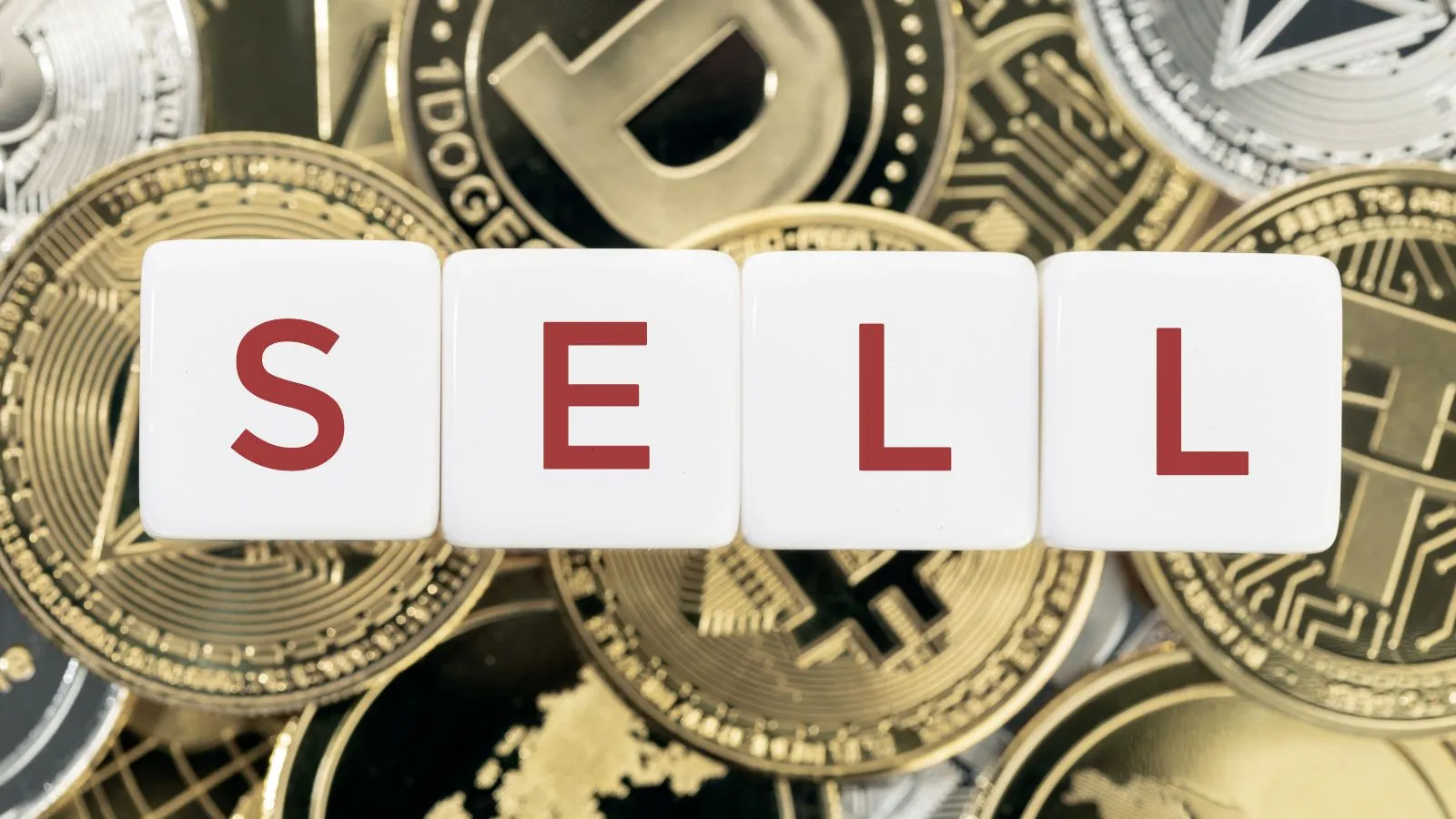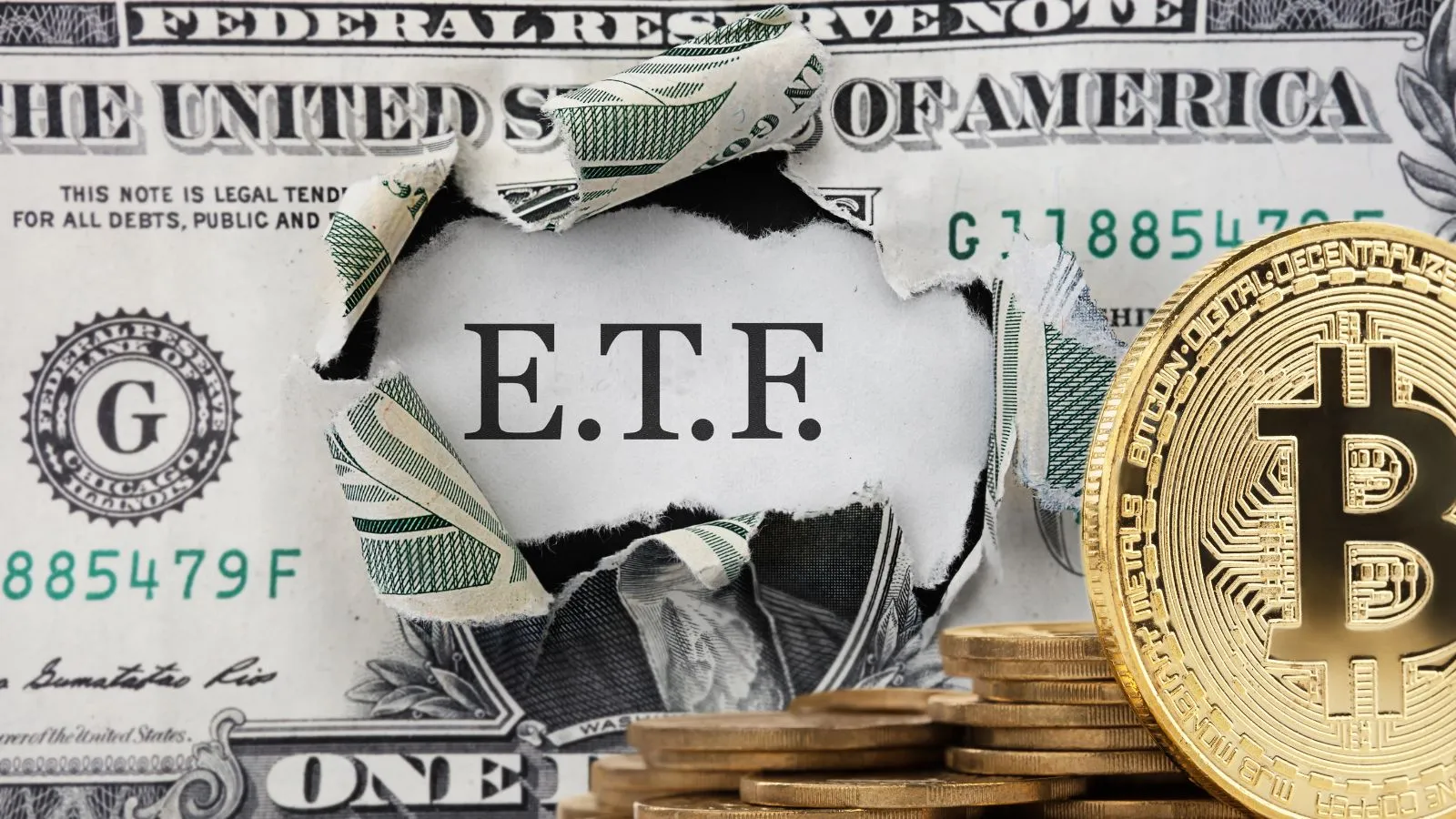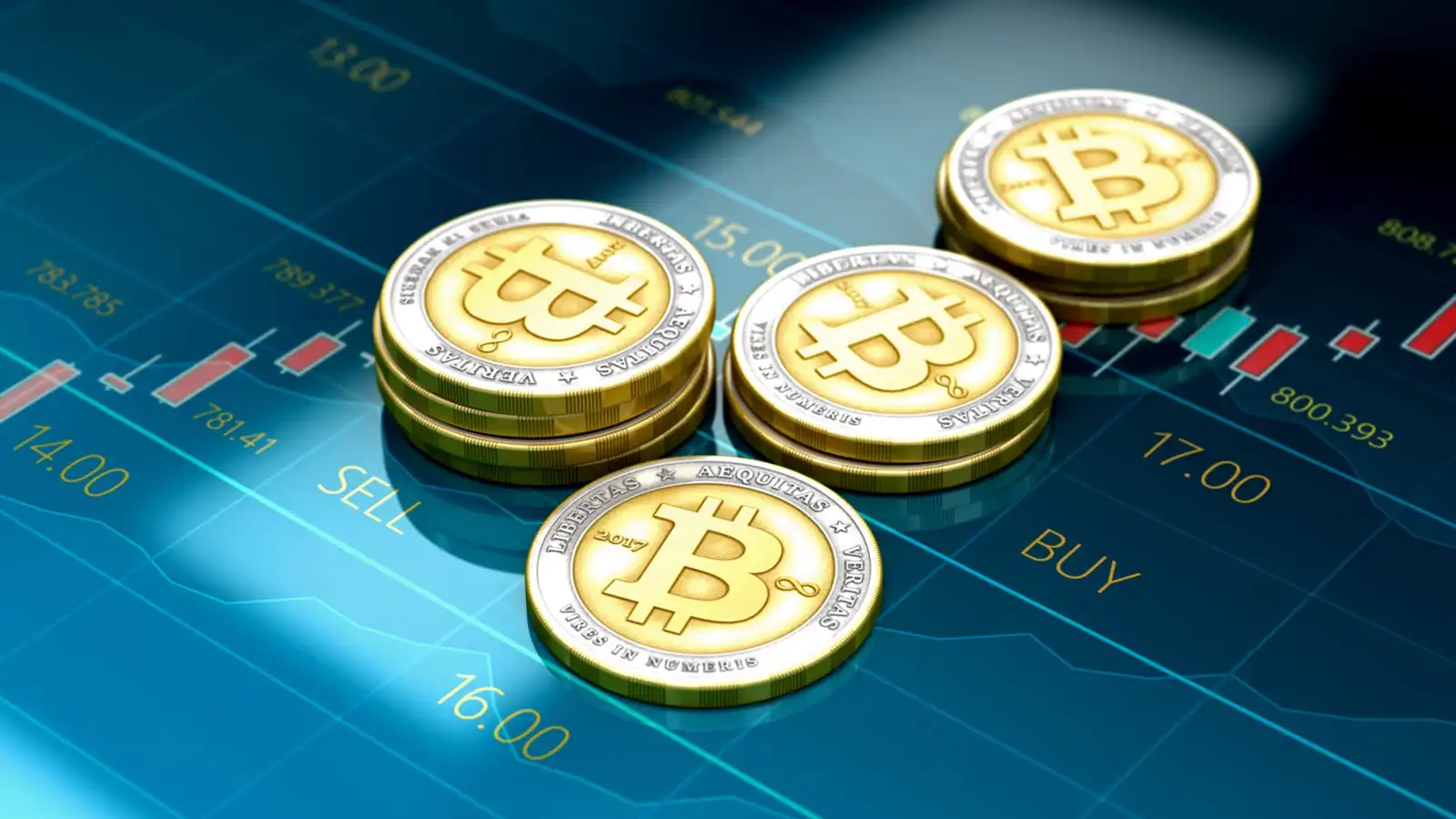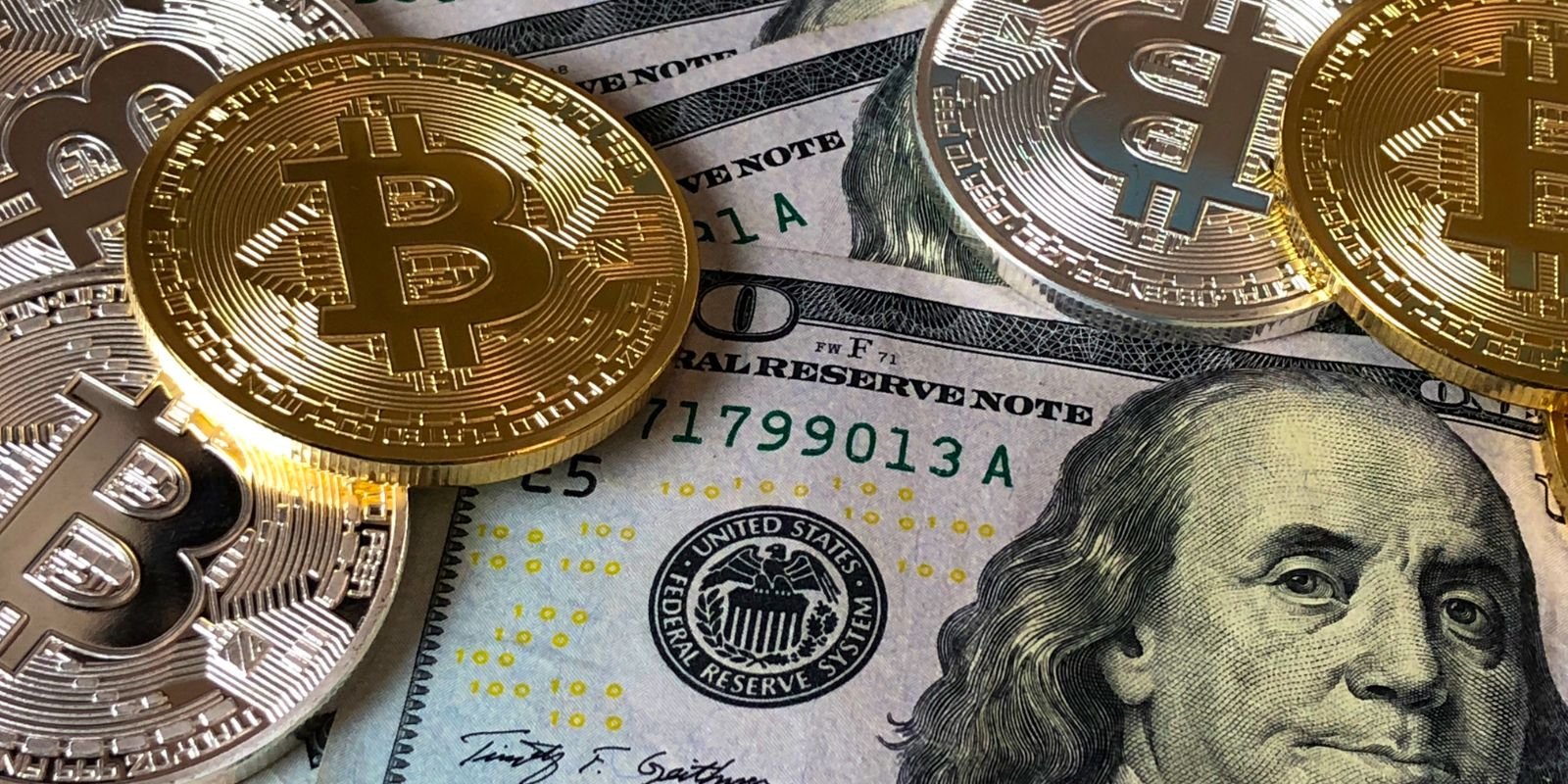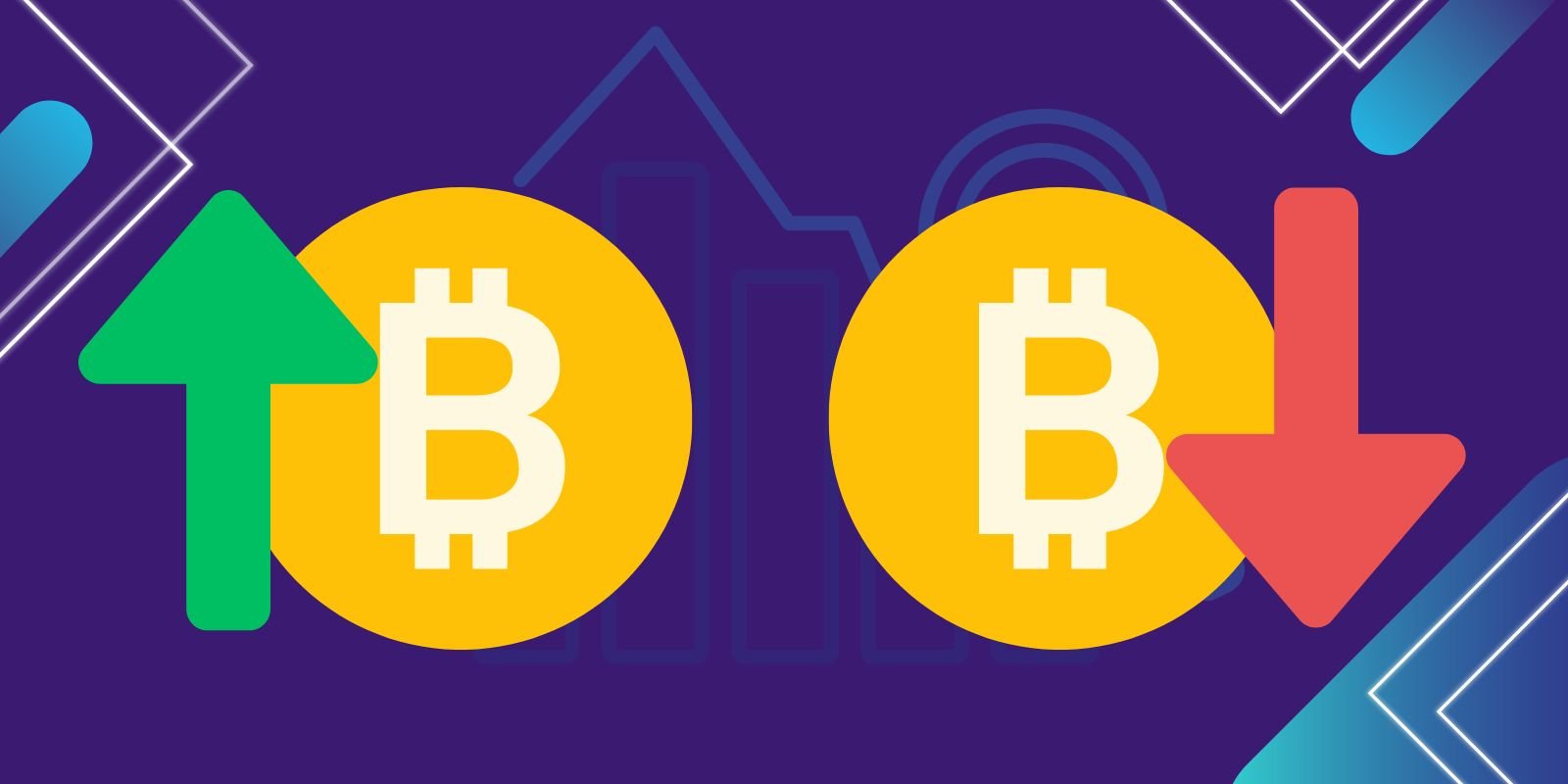Whether you’re a seasoned crypto-staking veteran or just starting, you know the risks are real. With the right information and a measured approach, these risks can be mitigated when investing in staking opportunities.
From fundamental risks (such as market volatility) to technical ones (such as network congestion), there are quite a few issues to consider when staking your crypto.
With our guide, you’ll gain insights into 5 staking risks for crypto and how to minimize them — so that you can maximize your rewards. After all, your hard-earned money is on the line here — so it’s important to be aware of what you could potentially run into on your journey and take steps to protect yourself. Let’s get started!
What Is Staking Cryptocurrency?
So, what is staking cryptocurrency? Simply put, it’s the process of holding crypto coins in a wallet to earn rewards or interest. It’s akin to a savings account and a way that anyone with spare coins can generate passive income. You can think of it as ‘staking your claim’ to the rewards that come with holding money in a crypto wallet, such as interest payments and transaction fees.
Staking crypto is an attractive option for many because it requires little effort, no upfront capital investments, and little knowledge about the cryptocurrency market. It allows users to hold their coins in an individual wallet or join one of several popular staking pools, allowing them to pool their coins together for increased rewards.
The key takeaway is that staking is an effective way to get started in cryptocurrency and increase your income without having to purchase more coins or engage in trading activities. However, before you start staking, there are some risks that you should be aware of.
What Are the Staking Risks for Crypto in 2023?
Staking crypto can come with a few potential risks, so it’s important to be aware of them. Here are seven potential risks to consider when staking your crypto in 2023:
- Price Volatility: No matter how well you research and strategize, the prices of cryptocurrencies can be difficult to predict. As you invest more money into staking or other forms of crypto, the number of volatility risks you take on increases.
- Security Threats: Staking your crypto leaves it vulnerable to hacks and malicious software, so a lack of proper security could lead to loss of funds. Be sure to use secure platforms for staking and keep an eye out for signs of suspicious activity.
- Network Congestion: If too many transactions are occurring at once on a network, its operations can slow down or become congested, leaving you with delayed payments. This is an especially relevant risk with decentralized finance protocols that frequently experience congestion caused by high demand and usage.
- Inflation Risks: Many cryptocurrencies have inflationary systems which could cause prices to decrease if the number of coins increases significantly over time as a result of rewards distributed through staking or other forms of investing in the network.
- Non-Performing Assets: Crypto investments can fall short and end up not performing as expected due to failed projects or poor execution from the developers behind them. Be sure to do thorough research before investing your hard-earned money into any project or platform that supports staking capabilities.
- Liquidity Risk: If a cryptocurrency is not easily tradeable, you may end up dealing with low liquidity which could mean difficulty selling off your assets when needed or
Understanding Centralization Risk
When staking your crypto, one of the most important risks to consider is centralization risk. Centralization often happens when one entity is controlling too much of the cryptosystem. This is concerning because too much power in one place makes the system vulnerable to malicious attacks.
Here are a few things to be aware of when it comes to centralization risk:
- Miners: miners have a lot of control as they are responsible for confirming transactions on the blockchain and adding them to new blockchains. If one miner accumulates too much hashing power, they could manipulate or censor transactions, or even double-spend coins.
- Validators: in some cases, one node may accumulate more than 50% of the staking power — this can lead to 51% of attacks and other malicious activities.
- Exchanges: Exchanges can potentially manipulate the price of tokens without being detected if they control too many tokens.
Crypto users need to be aware of these risks when staking their crypto and exercise caution to avoid these pitfalls and protect their holdings from centralization risk!
Scrutinizing Staking Rewards
You should also be aware of how staking rewards are calculated. When you buy Bitcoin in Dubai or anywhere in the world and stake your crypto, you don’t always get a guaranteed reward. The amount you receive depends largely on the staking platform you’re using and how much cryptocurrency is being held in that pool at the time. This means that the more people stake their cryptocurrency, the higher your reward maybe — if they’re failing to hit their reward targets, however, then it’s likely that your reward will suffer as a result.
Risk of impermanent loss
When you pool your resources with others in a staking platform to earn rewards, you could experience something called “impermanent loss” if someone decides to unstake their cryptocurrency. This risk is due to the price fluctuation between the time someone first stakes and when they decide to unstake – as prices can go up or down during this time, so it’s important to bear this in mind before deciding whether to commit to a staking pool or not.
Check the lock-up period
It’s also essential to check the lock-up period offered by each platform before committing – some platforms offer shorter lock-up periods than others which may suit your needs better. While longer lock-ups usually mean bigger rewards, bear in mind that you may be locked out of selling or trading your currency during this period.
Impact of Long-Term Market Volatility
If you’re staking your crypto, you need to take market volatility into account. That’s because staking rewards are typically paid out in the same asset that you are staking — that means, if the asset’s value goes down, your rewards will be worth less.
To help minimize the impact of market volatility, try diversifying across multiple coins and assets. That way, if one asset dives while another goes up in value, your overall portfolio won’t be as affected.
You should also consider setting up both short-term and long-term investment goals. This can help you avoid taking losses during short-term downturns and make sure your long-term strategy is still working for you. Here are a few more tips:
- Pay attention to changes in interest rates over time and adjust your stake accordingly to maximize returns
- Monitor decentralized finance (DeFi) news to stay up to date on any changes that could affect the markets
- Consider hedging strategies such as options trading or futures contracts to reduce risk while still earning rewards
By taking measures like these, you can protect yourself from bear markets while still reaping the rewards of staking your crypto in 2023.
Shortage of Liquidity
Have you heard of the shortage of liquidity risk? It’s something you should be aware of when staking your crypto in 2023. The shortage of liquidity risk comes from a lack of liquidity in the crypto market—so if there’s a sudden dip or spike in prices, it could be difficult to quickly liquidate your assets.
It’s important to do due diligence when it comes to staking and make sure you know what assets are more liquid than others, in case of an unexpected drop or increase in price. Here are some factors to consider:
- The overall network activity for the asset: How much is being traded and held by different people?
- The length of time it would take to liquidate your position: You can find out this information by researching the daily trading volume on exchanges, or asking customer service representatives at your preferred exchange
- Is the asset backed by other assets or securities?: If so, it could help protect against liquidity problems
- How many exchanges carry that asset?: If there are only a few exchanges, there could be a higher risk of liquidity issues
It’s important to assess these threats when it comes to staking your crypto—otherwise, you might not have enough options when it comes time to liquidate. Do your research and don’t take any unnecessary risks!
Security Concerns of Online Wallets
The final risk you should be aware of when staking your crypto in 2023 is the security concerns associated with online wallets.
Online wallets can indeed offer more convenience and accessibility, but they can also be vulnerable to cyber-attacks—which could lead to your funds being lost or stolen if you’re not careful. Here are a few tips for staying safe:
- Don’t store large amounts of crypto in an online wallet, as it can be a target for thieves
- Make sure you’re using a secure internet connection when accessing your online wallet
- Choose an online wallet provider that offers multi-factor authentication and strong privacy policies
- Don’t forget to regularly back up your data
By following these tips, you should be able to enjoy the convenience of an online wallet when you buy or sell cryptocurrency while keeping yourself (and your funds) safe from potential cyber threats.
Conclusion
As the cryptocurrency and blockchain industries continue to evolve, staking can still be a lucrative venture for investors. However, when it comes to staking your crypto, it pays to know the risks.
Whether it’s small staking rewards, large transaction fees, or even malicious actors, these seven risks should not be overlooked when deciding whether or not to stake your crypto. With an understanding of the risks and the proper preparation, staking can be an incredibly useful tool for crypto investors.
At the end of the day, staking is a risk you can take to potentially amplify your returns. But it’s important to educate yourself on the rewards and risks of staking your crypto to make an informed decision. Staking your crypto with full knowledge of the potential risks is the best and most secure way to ensure success.


